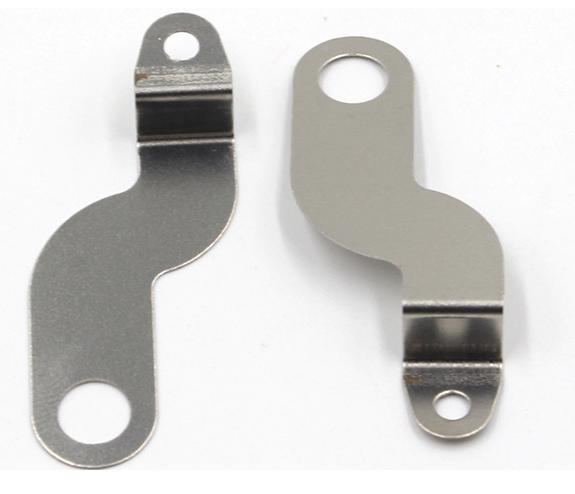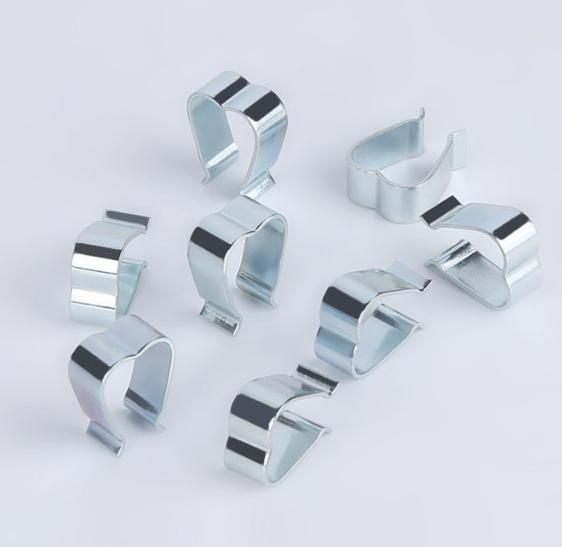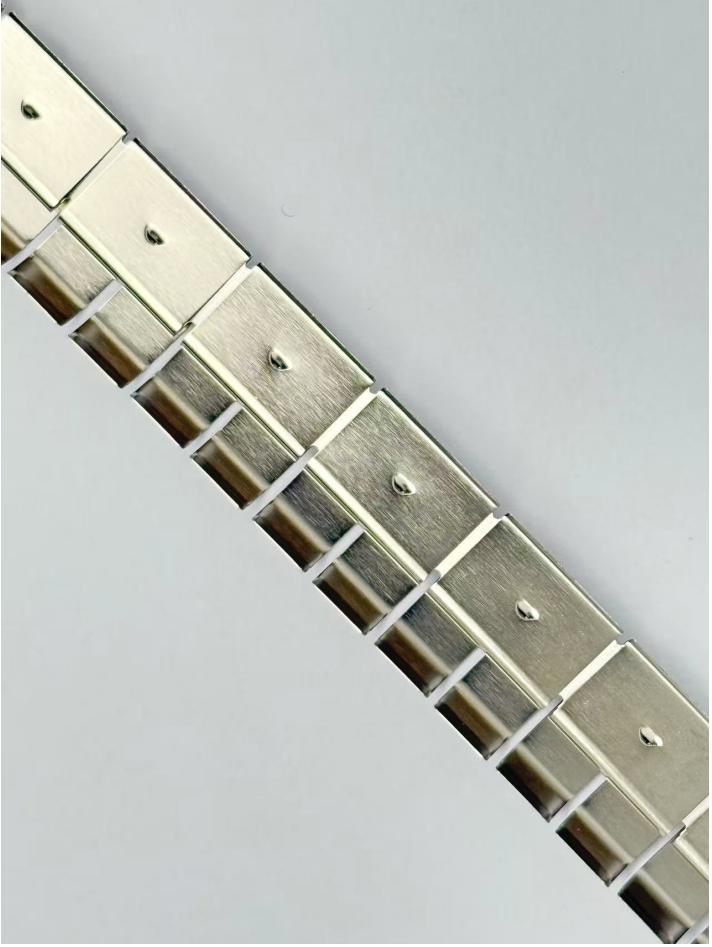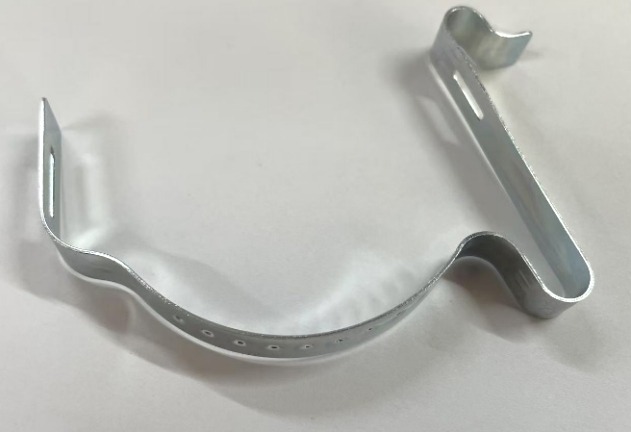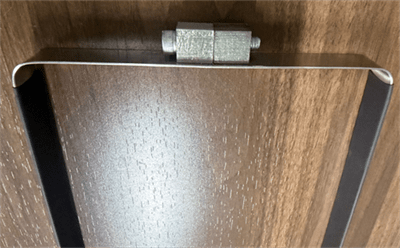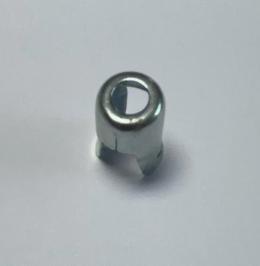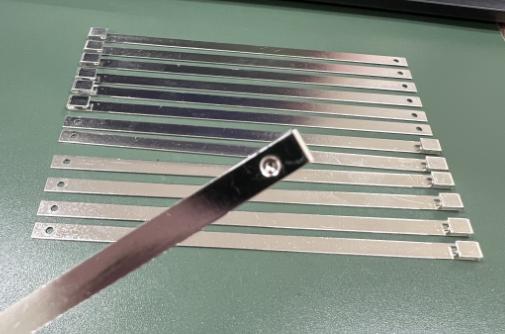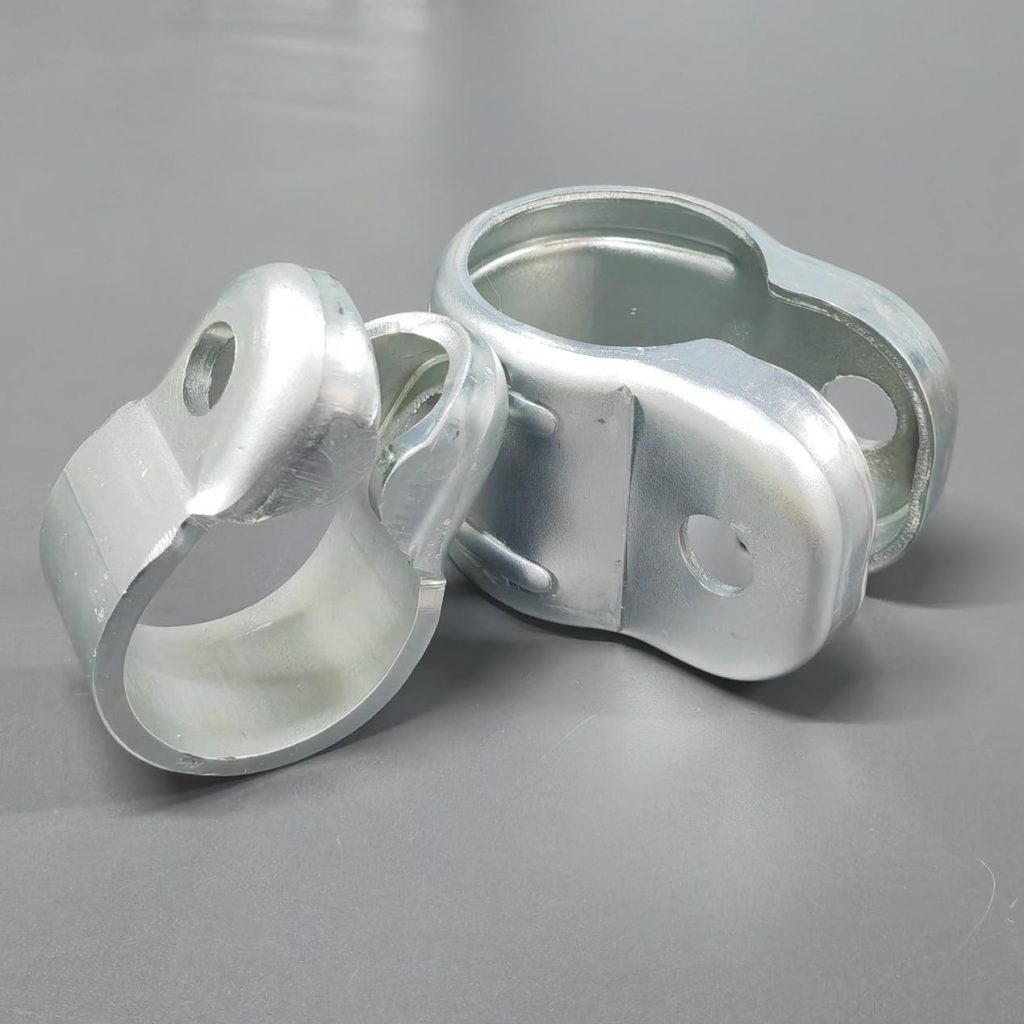Hybrid Metal Stamping Die Technologies: EnhancingPrecision, Efficiency and Versatility
Over the years, advancements in technology have led to the development of hybrid metal stamping die technologies, combining traditional methods with innovative approaches to enhance efficiency, accuracy, and versatility in the production process. These innovative approaches are revolutionizing manufacturing processes across various industries, offering numerous advantages over conventional die technologies.
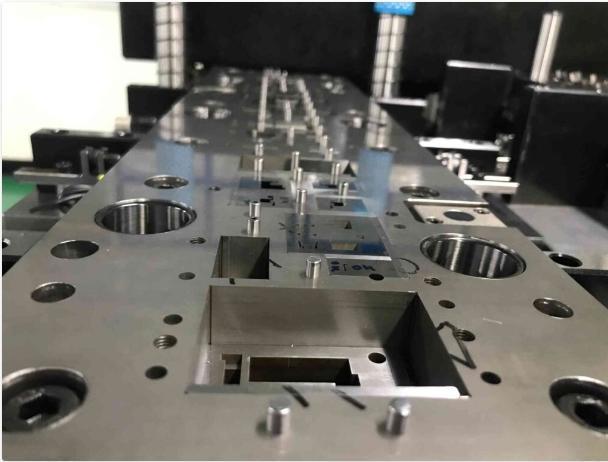
Evolution of Hybrid Metal Stamping Die Technologies
Metal stamping dies are crucial tools in the manufacturing industry used to shape metal sheets into desired forms. The evolution of hybrid metal stamping die technologies involves the integration of traditional stamping methods with advanced materials, designs, and technologies to enhance efficiency, precision, and versatility.
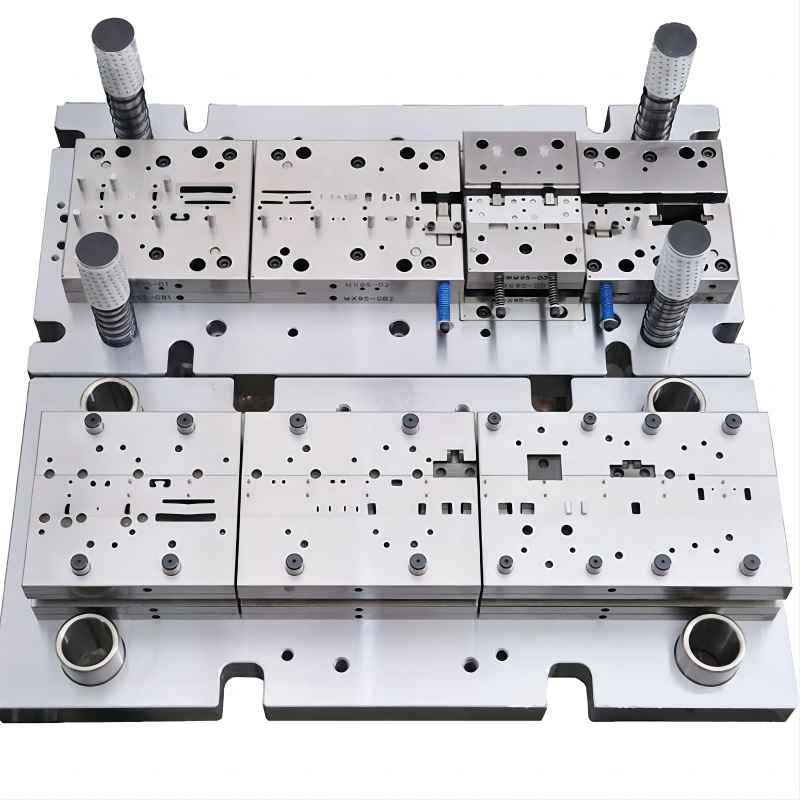
1. Material advancements
Traditional stamping dies were primarily made of steel. However, the evolution of materials science has introduced new alloys and composites with superior properties such as higher strength, wear resistance, and durability. These advanced materials allow for the fabrication of dies that can withstand higher stresses and last longer.
2. CAD/CAM and simulation
Computer-aided design (CAD) and computer-aided manufacturing (CAM) technologies have revolutionized die design and production processes. These tools enable engineers to create complex die geometries with high precision. Moreover, simulation software allows for virtual testing and optimization of die designs before physical production, reducing lead times and costs.
3. Additive manufacturing (AM)
Additive manufacturing, commonly known as 3D printing, has emerged as a disruptive technology in die making. AM enables the fabrication of complex die components with intricate geometries that are difficult or impossible to achieve using traditional machining methods. Integrating AM with conventional die manufacturing processes allows for the creation of hybrid dies that combine the benefits of both technologies.
4. Sensor technology
The integration of sensors into stamping dies enables real-time monitoring of various parameters such as temperature, pressure, and wear. This data can be used for predictive maintenance, quality control, and process optimization, leading to improved efficiency and product quality.
5. Hydraulic and servo-electric systems
Traditional stamping presses often relied on hydraulic systems for actuation. However, the advent of servo-electric presses offers advantages such as higher precision, faster response times, and energy efficiency. Hybrid dies designed for use with servo-electric presses can take advantage of these benefits to achieve better control over the forming process in metal stamping process.
6. Flexible and adaptable designs
Hybrid stamping dies are increasingly designed to be modular and adaptable to accommodate changes in part designs and production requirements. Quick-change features and adjustable components allow for rapid reconfiguration of the die setup, reducing downtime and increasing overall flexibility.
7. Integrated automation and robotics
Automation and robotics play a significant role in modern metal stamping operations. Hybrid dies may incorporate features such as built-in sensors, actuators, and interfaces for seamless integration with robotic systems. This integration enables high-speed, precision forming processes with minimal human intervention.
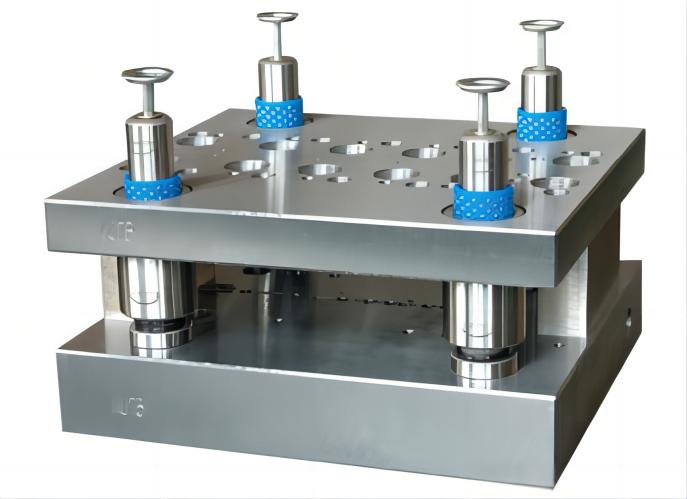
Advantages of Hybrid Metal Stamping Die Technologies
1. Increased Productivity
Hybrid technologies integrate features like sensors, actuators, and automation systems, reducing setup times and enhancing overall productivity. Automated processes can run continuously, minimizing downtime and increasing throughput.
2. Enhanced Precision
Incorporating advanced sensors and monitoring systems allows for real-time feedback and adjustments during the stamping process. This results in higher precision and accuracy in forming complex geometries and tighter tolerances.
3. Versatility
Hybrid stamping dies can accommodate a wider range of materials, thicknesses, and part complexities. They can be easily reconfigured or adjusted to produce different parts, making them suitable for small-batch and high-mix production environments.
4. Cost Savings
By optimizing material usage, reducing scrap, and minimizing tool wear, hybrid stamping technologies can lead to significant cost savings over time. Additionally, improved process efficiency and reduced labor requirements contribute to lower production costs.
5. Improvement
Advanced monitoring and control systems ensure consistent part quality by detecting and correcting deviations in real-time. This results in fewer defects, rework, and scrap, leading to higher overall product quality.
6. Faster Time-to-Market
The flexibility and efficiency provided by hybrid stamping technologies enable manufacturers to respond quickly to changing market demands and customer requirements. This can shorten product development cycles and accelerate time-to-market for new products.
7. Reduced Environmental Impact
By optimizing processes and minimizing material waste, hybrid stamping technologies help reduce the environmental footprint of metal forming operations. Additionally, energy-efficient systems and recycling initiatives further contribute to sustainability efforts.
8. Integration with Industry 4.0
Hybrid stamping technologies can be seamlessly integrated into the broader framework of Industry 4.0, allowing for connectivity, data exchange, and intelligent decision-making. This enables predictive maintenance, remote monitoring, and adaptive manufacturing strategies.
9. Customization and Personalization
With the ability to quickly reconfigure tooling and processes, hybrid stamping technologies facilitate customization and personalization of metal stamped parts. This is particularly valuable in industries such as automotive, aerospace, and consumer electronics, where individualized products are increasingly in demand.
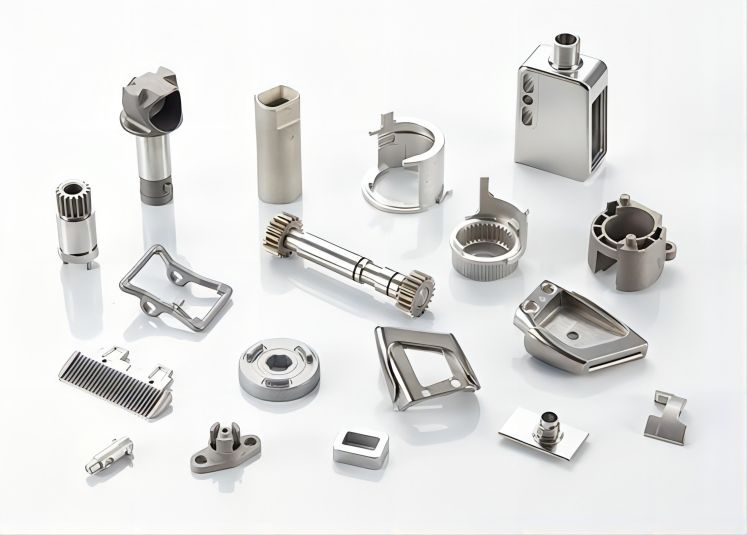
Applications of Hybrid Metal Stamping Die Technologies
Hybrid metal stamping die technologies find applications across various industries where metal components are manufactured.
1. Automotive Industry
Hybrid metal stamping die technologies are extensively used in the automotive sector for producing a wide range of components, including body panels, chassis parts, brackets, and structural reinforcements. These technologies enable the efficient fabrication of complex geometries with high precision, meeting the demanding requirements of modern vehicles in terms of strength, safety, and weight reduction.
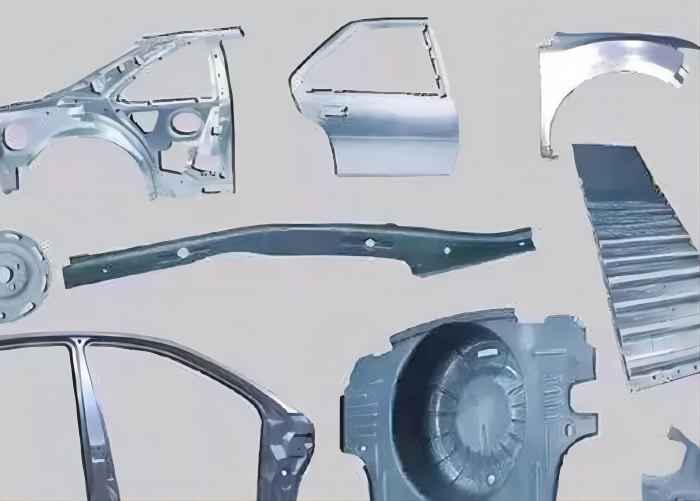
2. Aerospace Industry
In aerospace manufacturing, hybrid stamping technologies are employed to produce components such as aircraft structural parts, engine components, and interior fittings. The ability to form lightweight yet durable materials like aluminum, titanium, and composites with high precision makes hybrid stamping an ideal choice for aerospace applications where performance and reliability are critical.
3. Electronics Industry
Hybrid metal stamping technologies are used in the production of various electronic components, including casings, heat sinks, connectors, and terminals. These technologies enable the fabrication of intricate shapes and features required for electronic devices while maintaining tight tolerances and surface finishes. Additionally, hybrid stamping facilitates the integration of functional elements such as electromagnetic shielding and heat dissipation features directly into stamped parts.
4. Consumer Goods
In the consumer goods industry, hybrid metal stamping technologies are employed to manufacture a wide range of products, including appliances, household fixtures, and consumer electronics. These technologies enable the production of aesthetically pleasing and functional components with high efficiency and consistency, meeting the diverse needs of consumers while minimizing production costs.
5. Medical Devices
Hybrid stamping technologies find applications in the production of medical devices and equipment, such as surgical instruments, implantable devices, and diagnostic tools. The ability to form biocompatible materials with high precision and cleanliness is essential for meeting the stringent regulatory requirements of the medical industry. Hybrid stamping enables the fabrication of complex and miniaturized components required for advanced medical devices.
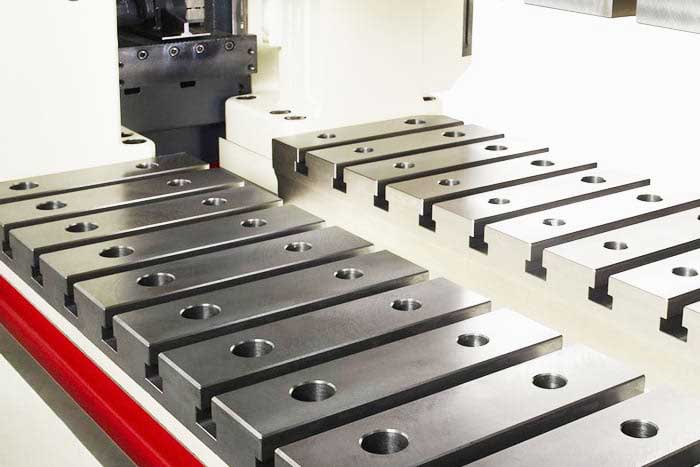
6. Energy Sector
In the energy sector, hybrid metal stamping technologies are utilized for manufacturing components for renewable energy systems, power generation, and transmission equipment. These technologies enable the fabrication of components such as wind turbine parts, solar panel frames, electrical connectors, and battery enclosures with high efficiency and durability, supporting the transition towards sustainable energy solutions.
7. Defense and Aerospace
Hybrid stamping technologies are increasingly utilized in the defense and aerospace sectors for producing components such as missile casings, armor plating, and structural reinforcements. The ability to fabricate lightweight yet resilient materials with high precision is critical for meeting the performance and safety requirements of military and aerospace applications.
Conclusion
Hybrid metal stamping dies technologies represent a significant leap forward in manufacturing, offering unparalleled precision, efficiency, and versatility. As technology continues to evolve, the adoption of hybrid stamping dies is poised to grow, driving efficiency improvements and innovation across diverse manufacturing sectors.

